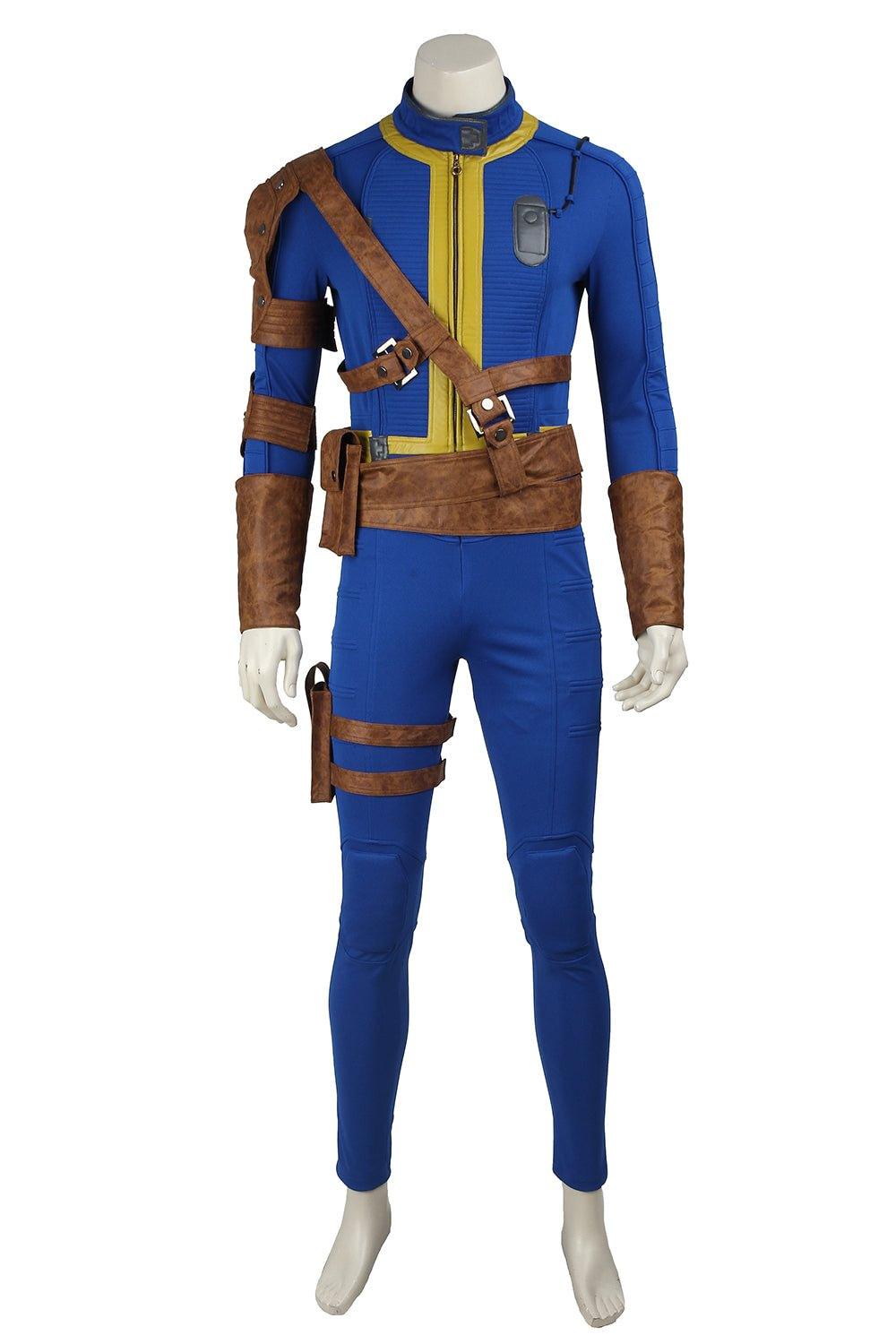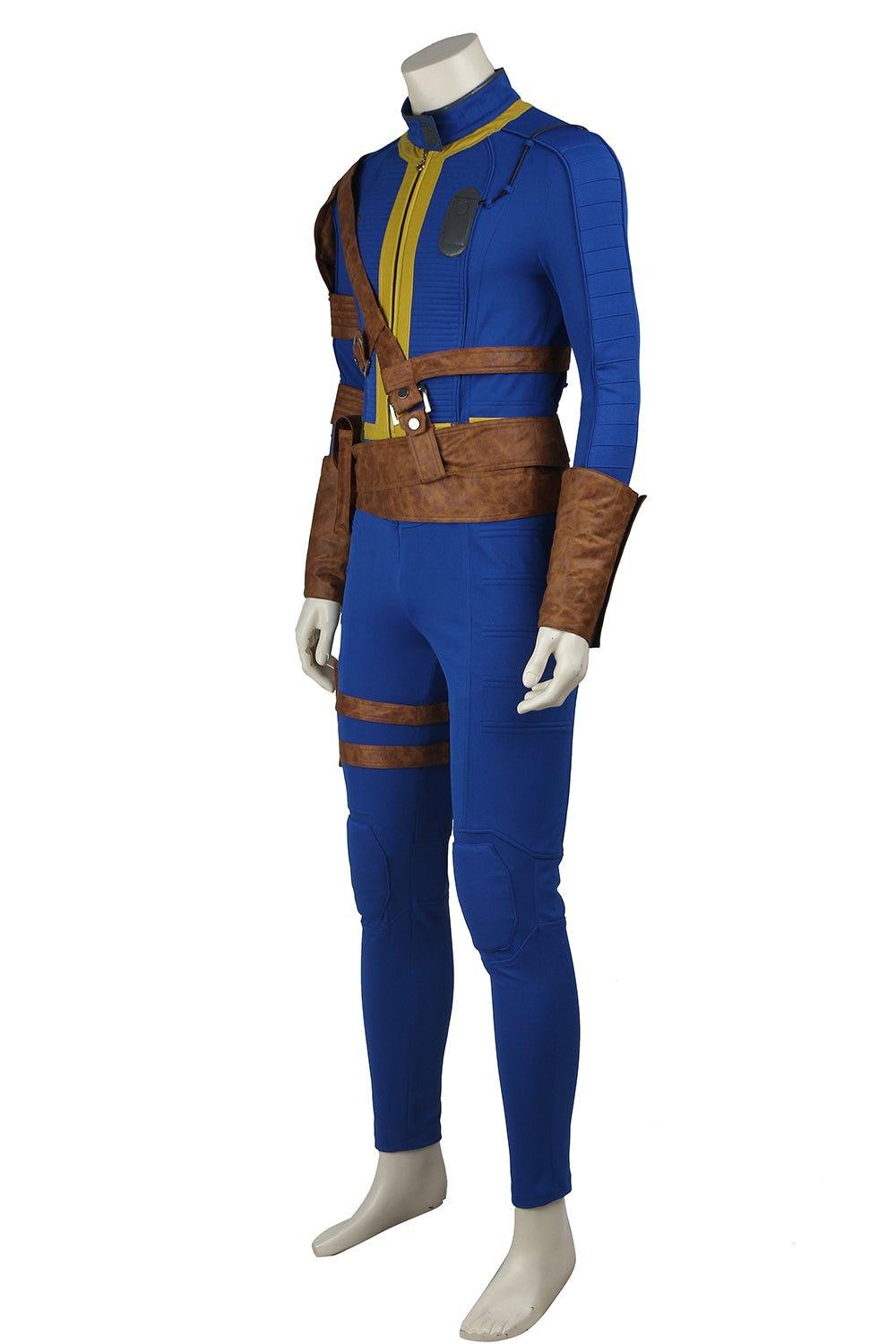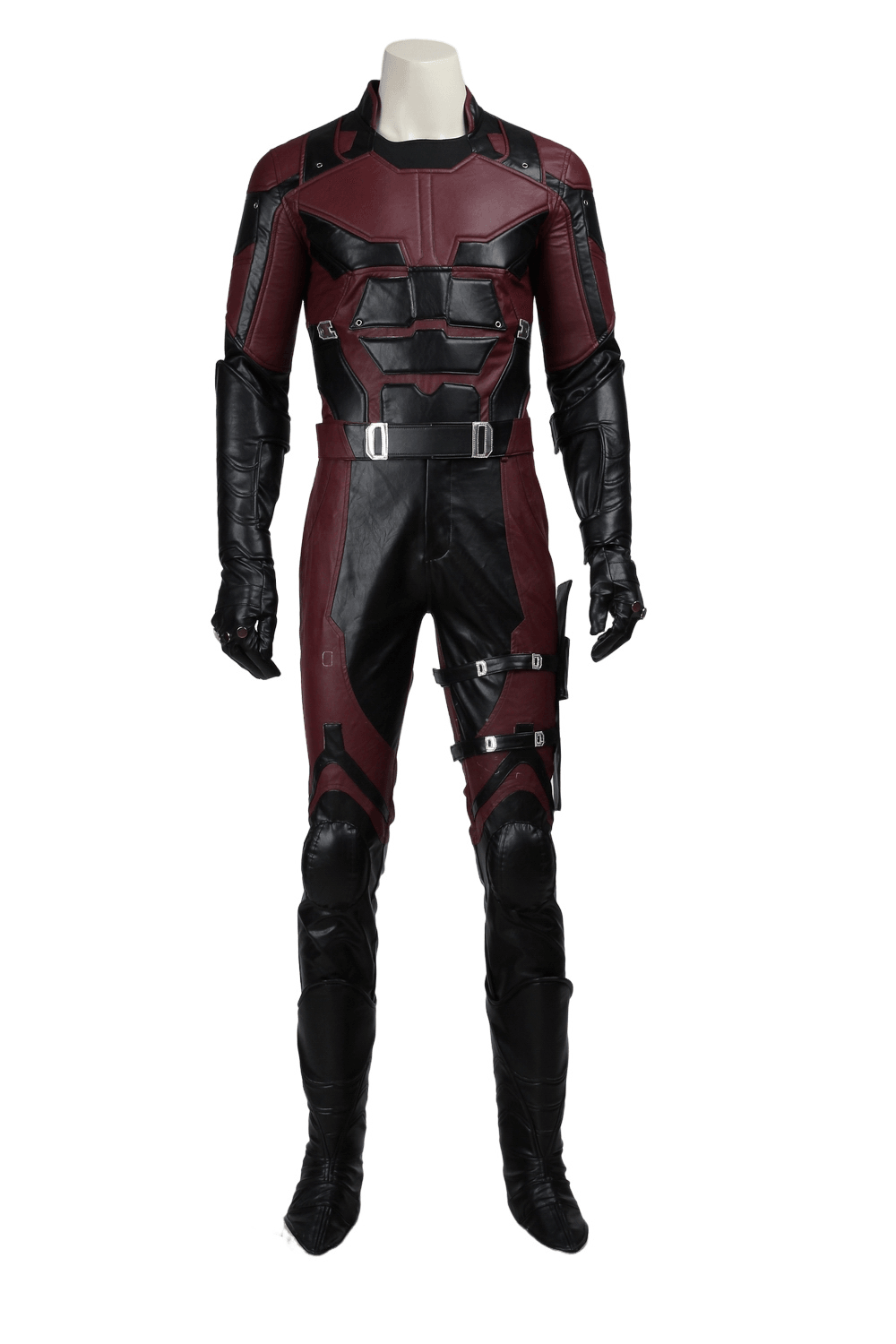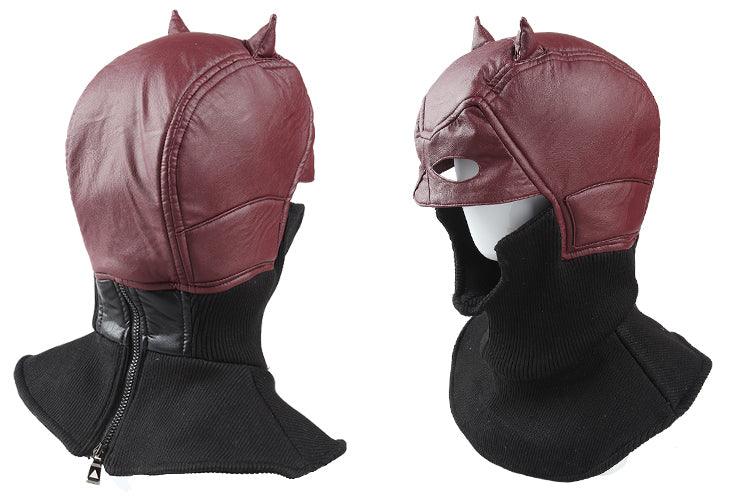How to Make a Gas Mask Cosplay
Creating a gas mask for cosplay can be a fun and rewarding project. Whether you're aiming for a steampunk aesthetic, a post-apocalyptic look, or a specific character like Jake English, this guide will walk you through the process step-by-step. We'll draw from various resources, including tutorials and patterns, to ensure you have all the information you need to create a stunning and functional cosplay accessory.
Materials Needed
Before we dive into the steps, let's gather all the materials you'll need:
-
Foam Sheets (5-6mm and 10-12mm thickness)
-
Cardboard (one-ply and shoebox cardboard)
-
Hot Glue Gun and Glue Sticks
-
Hobby Knife
-
Scissors
-
Ruler
-
Elastic Straps
-
Wire (5-inch piece)
-
Styrofoam Padding
-
Caulk or Strong Construction Glue (e.g., Dap StrongStik)
-
Mesh Fabric
-
Paint (optional)
-
Lacquer (optional)
Step-by-Step Guide
1. Designing Your Gas Mask
The first step in creating your gas mask is deciding on the design. Are you going for a steampunk look, a post-apocalyptic theme, or a specific character? Websites like crazecosplay.com can provide inspiration and reference images to help you decide on the style you want to achieve.
2. Creating the Pattern
If you're new to crafting, using a pre-made pattern can be incredibly helpful. The YouTube channel Lost Wax offers a detailed tutorial and pattern for making a steampunk gas mask, which can be. Here’s how you can use it:
-
Download and Print the Pattern: Ensure you print it at actual size.
-
Cut Out the Pattern Pieces: Carefully cut out each piece and label them to avoid confusion later.
-
Trace Onto Foam: Trace the pattern pieces onto your foam sheets. Some pieces will need to be mirrored, so remember to flip the pattern and trace again.
3. Assembling the Mask
Once you have all your pieces cut out, it’s time to start assembling:
-
Glue the Pieces Together: Use a hot glue gun to attach the pieces. Start with the main body of the mask and work your way outwards.
-
Add Details: For a more realistic look, add details like a nose piece or additional layers to create depth. You can use thicker foam or cardboard for these parts.
4. Adding Comfort Features
To make your mask wearable for extended periods, consider adding comfort features:
-
Styrofoam Padding: Place styrofoam padding at the forehead and chin areas. Secure them with caulk or strong construction glue.
-
Elastic Straps: Use a three-point system for the straps—one around the back of the head and one from the top. This will help stabilize the mask and make it more comfortable to wear.
5. Creating Eye Holes and Breathing Holes
Visibility and breathability are crucial:
-
Eye Holes: Cut out eye holes and cover them with mesh fabric to allow you to see while maintaining the mask’s aesthetic.
-
Breathing Holes: Cut a small rectangle in the primary respirator area and overlay it with mesh to create an air hole. This will help you breathe more easily while wearing the mask.
6. Painting and Finishing Touches
Now that your mask is assembled, it’s time to paint and add finishing touches:
-
Paint: Choose a paint that suits your mask’s theme. Spray paint works well, but make sure to let it air out for a few days to avoid inhaling fumes. You can also use acrylic paint for detailed work.
-
Lacquer: Apply a coat of lacquer to give the mask extra strength and a finished look. This is optional but recommended for durability.
7. Final Assembly and Adjustments
Before you consider your mask complete, make sure everything is secure and fits well:
-
Check Straps: Ensure the straps are securely glued and adjusted to fit your head comfortably.
-
Test Fit: Wear the mask for a short period to test for any discomfort or issues. Make adjustments as needed.
Additional Tips and Tricks
-
Customization: Feel free to customize your mask with additional features like lights, extra filters, or unique paint jobs to make it stand out.
-
Safety: Remember, this is a costume mask and offers no real protection. Do not wear it in situations where a real gas mask is required.
-
Practice: If this is your first time crafting, practice on scrap materials before working on your final mask.
Conclusion
Creating a gas mask for cosplay is a detailed but highly rewarding project. By following these steps and using the resources available, you can create a unique and impressive accessory for your next cosplay event. Remember to have fun with the process and let your creativity shine. Happy crafting!








